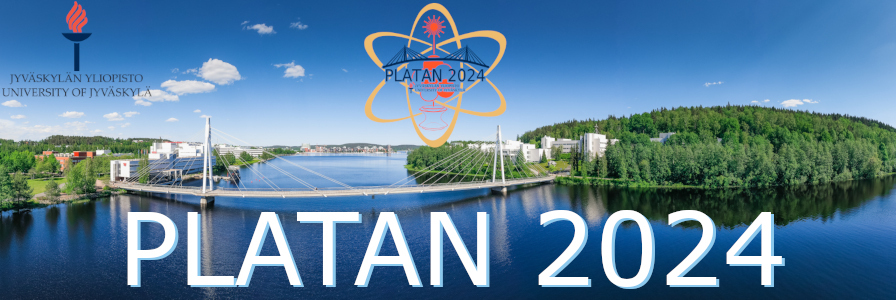Speaker
Description
High-precision measurements of single β$^{±}$ decays or electron capture (EC) are the most model-independent methods to determine the absolute scale of the (anti)neutrino mass. Decay transitions with the lowest possible Q value are desirable. Currently, only three nuclei with low ground-state-to-ground-state (gs-to-gs) decay Q values are employed for direct neutrino-mass measurements [1-3]. Further explorations for low Q-value ground-state–to-excited-state (gs-to-es) β decay or EC transitions are crucial. In addition to the slightly positive Q values, the slightly negative Q values can also be of interest in seeking for a new type of transition process, like the virtual radiative “detour” transitions (RDT) [1]. A precise and accurate determination of the decay Q value is extremely important in the context of searches for the absolute (anti)neutrino mass scale or for RDT study, with potential implications for low-energy solar-neutrino detection.
Recently, multiple gs-to-gs low-Q-value beta-decay candidates ($^{72,76,77}$As, $^{75}$Se, $^{75}$Ge, $^{95-97}$Tc, $^{111}$In, $^{131}$I, $^{136}$Cs, $^{155}$Tb, and $^{159}$Dy) have been measured with JYFLTRAP at the University of Jyväskylä [1-3]. The measured high-precision Q values, coupled with nuclear energy level data, are used to determine the energetic permissibility of these low Q-value gs-to-es beta decay candidates, and ascertain the absolute Q value. Subsequently, the suitability of these beta decays with low Q values for direct searches for neutrino mass or for RDT study can be inferred. In this report, the state-of-the-art Penning Trap experimental techniques to determine the gs-to-gs Q value to a relative uncertainty of ~10$^{-9}$, along with the Q-value measurement results of select cases for neutrino mass determination, RDT study, potential implications for low-energy solar-neutrino detection. will be discussed.
Reference:
[1] Z. Ge, T. Eronen et al., Phys. Rev. C, 108:045502 (2023).
[2] Z. Ge, T. Eronen et al., Phys. Rev. Lett., 127:272301(2021).
[3] Z. Ge, T. Eronen et al., Phys. Lett. B, 832:137226 (2022).

